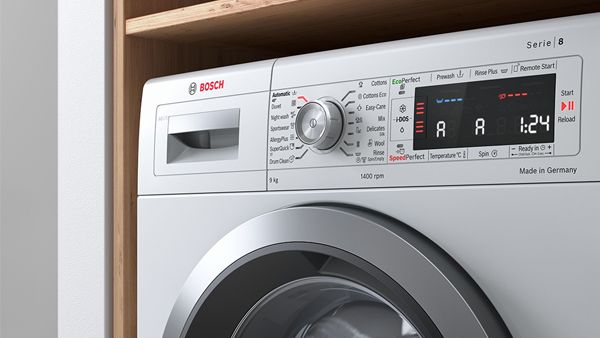Dryer symbols and settings
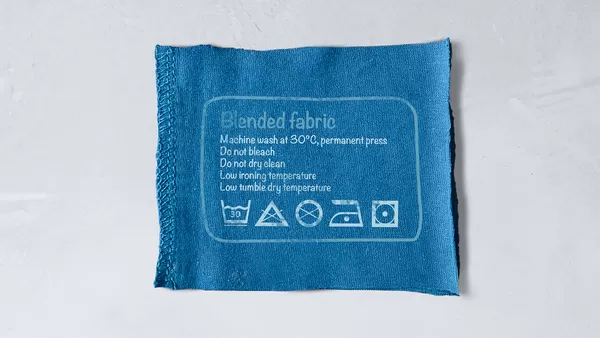
A clothes dryer makes life so much easier: you can wash and dry several loads back-to-back – and save time and the space you'd need for hanging your clothes to dry. But, having a dryer also brings up questions: “What can I put in the dryer?" and "Where can I find the dryer symbol on my laundry label?" and "Which dryer program do I need?"
These questions are completely normal – it's also normal to ask them more than once. That's because the different fabrics used to manufacture clothing and the wide range of dryer programmes and additional options that are available can confuse even the most experienced users. And there are few things more frustrating than taking your favourite jumper out of the dryer and finding it shrunk to a child's size.
We made this guide to help you avoid common drying mistakes. As a global manufacturer of washing machines and dryers, we want to make using laundry care appliances easier and more understandable by giving you detailed explanations and tips about dryer signs and symbols.
Want a quick overview? Download and print our dryer symbols table:
What can and cannot go in the dryer?
After washing, your clothes can be sorted into two basic categories: items that can go in the dryer, and items that you need to hang on a clothesline (or dry flat). Your laundry label contains dryer symbols (always shown as a square) and other washing symbols that provide laundry care instructions.
Every dryer symbol on your laundry is valid for all dryer types, no matter whether you have a heat pump dryer, a condenser dryer or a washer dryer.
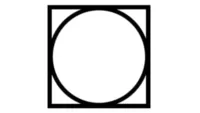
|
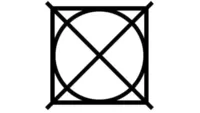
|
|
Tumble dry normal The square with a circle inside is the general symbol for tumble drying. If you see it on a laundry label, your item can be tumble-dried, and it's safe to put it in the dryer. |
Do not dry If a laundry item should not be tumble-dried, you will see the same square with a circle, but it will be crossed out. Do not put items with this symbol in the dryer. |
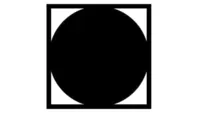
|
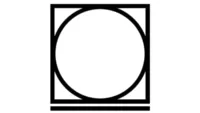
|
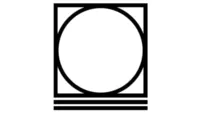
|
|
Tumble dry – no heat A black circle inside the square indicates that garments should only be dried gently with cold air. |
Tumble dry – Permanent press Labels that show a line below the dryer symbol, should be dried with a gentle cycle (for example synthetic). |
Tumble dry – Gentle Delicate textiles that show two lines below the dryer symbol need extra-gentle drying and a special dryer programme (like a wool programme) for proper care. |
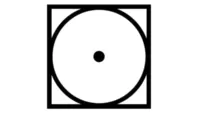
|
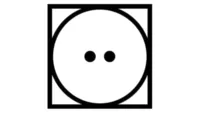
|
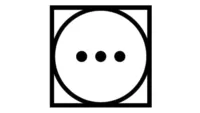
|
|
Cold/low heat A dryer symbol with a dot inside the circle means that you should only dry your item at low temperatures up to 60°C. |
Warm/medium heat Two dots inside the circle indicate that you can dry your garment at regular temperatures of up to 80°C. |
Hot/high heat The dryer symbol with three dots in a circle indicates that you can and should dry your item at the highest temperature. |
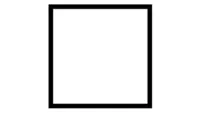
|
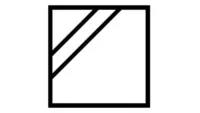
|
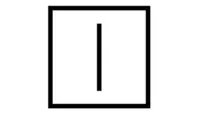
|
|
Air dry The drying symbol in the form of an empty square stands for air drying. You should hang these laundry items on a clothesline, or lay them out to dry on a flat surface. |
Dry in shade The drying symbol with two diagonal lines in the left corner means that your fabric that cannot withstand direct sunlight. To protect your item from bleaching or fading, make sure to dry it in the shade. |
Line dry/Drip dry The line drying symbol consisting of one vertical line in the middle means that laundry should be hung out to dry on a clothesline (or similar device). Two vertical lines mean that you should drip-dry your laundry, or, in other words, hang it on the line when it is still dripping wet. |
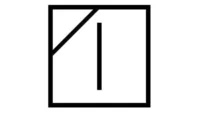
|

|
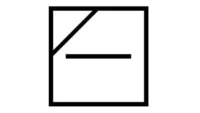
|
|
Line dry in shade/Drip dry in shade The drying symbol with a vertical line and a triangle at the top left means that your laundry should be line-dried (on a clothesline) in the shade. Two vertical lines mean that your item should drip-dry on a clothesline and in the shade. |
Dry flat This drying symbol with a horizontal line in the middle indicates that laundry should be laid out flat to dry. Two horizontal lines mean that you should lay out the laundry smoothly when it is still dripping wet. |
Dry flat in shade The same drying symbol with a horizontal line (and triangle in the top left corner) means that laundry should dry on a flat surface in the shade. Two horizontal lines indicate that the laundry should be laid out in the shade when it is dripping wet. |
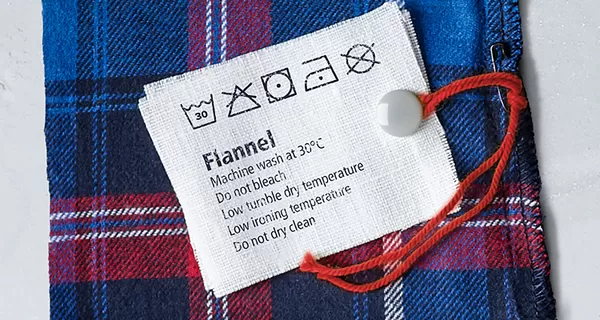
More laundry care signs and symbols.
In addition to the square dryer symbol, you'll find many other laundry symbols on your laundry label, such as:
- the tub

- the triangle

- the iron

- the circle

Find out what each of these washing symbols mean here:
Tumble dryer settings and programmes
| Tumble dryer programmes | Suitable for |
| Cottons | Hard-wearing items and heat-resistant items made of cotton or linen. |
| Cottons (Cupboard Dry Plus) | Hard-wearing, heat-resistant fabrics that are made of more than one layer of cotton or linen and do not dry readily. |
| Cottons (Cupboard Dry) | Normal, hard-wearing and heat-resistant fabrics made of a single layer of cotton or linen. |
| Cottons (Iron Dry) | Normal, hard-wearing and heat-resistant fabrics made of a single layer of cotton or linen that need to be damp after drying and are suitable for ironing or hanging up. |
| Easy-care | Items made of synthetic or blended fabrics. |
| Easy-care (Cupboard Dry) | Normal synthetic or blended fabrics made of a single layer. |
| Easy-care (Iron Dry) | Normal synthetic or blended fabrics made of a single layer that need to be damp after drying and are suitable for ironing or hanging up. |
| Sportswear | Weatherproof and outdoor clothing with a membrane coating and water-repellent fabrics. |
| Towels | Hard-wearing towels and dressing gowns made of cotton. |
| Mixed Load | Mixed load consisting of items made from cotton and synthetic fabrics. |
| Timed Programme warm | Timed programme for all types of fabric except silk. Suitable for pre-dried or slightly damp laundry and for drying off multi-layered, thick laundry. |
| Timed Programme cold | Timed programme for all types of fabric except for wool and silk. For freshening up or airing clothing that has hardly been worn. |
| Shirts | Shirts/blouses made of cotton, linen, or synthetic or blended fabrics. |
| Super Quick 40' | Mixed load of synthetic fabrics and light cottons. |
| Wool Finish | Machine-washable items made of wool or containing wool. |
| Delicates | Delicate, washable items, e.g. made from satin, or synthetic or blended fabrics. |
| AllergyPlus | Hard-wearing items. |
| Down wear | Clothing, bedspreads or eiderdowns stuffed with down. |
| Business | Timed program for reducing creasing and airborne odours (e.g. cigarette smoke). Suitable for dry suits, jackets and trousers that have not been worn for long, are labelled "Dry clean only" and are therefore not suitable for washing in the washing machine. |
| 5 Shirts | Timed program for reducing creasing and airborne odours (e.g. cigarette smoke). Suitable for dry shirts and blouses that have not been worn for long. 2-5 shirts. |
| 1 Shirt | Timed program for reducing creasing and airborne odours (e.g. cigarette smoke). Suitable for dry shirts and blouses that have not been worn for long. 1 shirt or blouse. |
| Shirts | Shirts/blouses made of cotton, linen, or synthetic or blended fabrics. 1.5kg maximum. |
| Duvet | Clothing, pillows, quilts or bedspreads filled with synthetic fibres. |
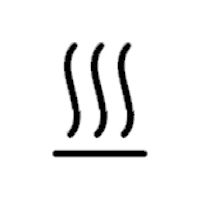
Drying

Iron dry

Cupboard dry

Anti-crease
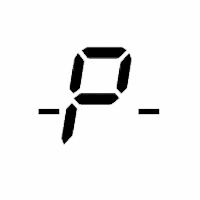
Programme is paused

End of current programme

Time remaining on the current programme

Empty the condensate container. More information can be found in your instruction manual

The fluff filter or base unit need cleaning.

The appliance can reach high temperatures when drying. This means the appliance is going through a CoolDown process.
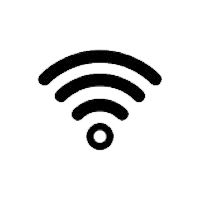
- Off: Wi-Fi is switched off and your appliance is not connected to your home network.
- Flashing: The appliance is trying to connect to your home network.
- Lit: Wi-Fi is switched on and your appliance is connected to your home network.
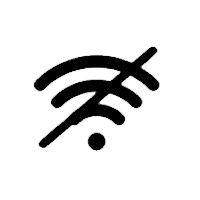
Wi-Fi is switched on but your appliance has been unable to connect to your home network.
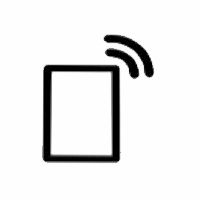
Remote start function is activated.

Low heat drying. Gentle drying for delicate fabrics activated.

Timed programme activated

Timed programme activated
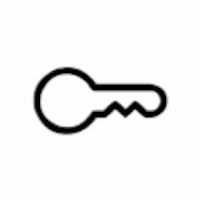
Childproof lock is activated

Start or pause selected
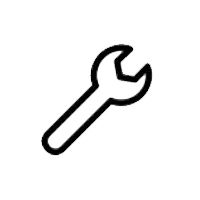
Alter the appliance settings
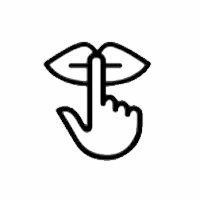
Dry quietly without audible operating and notification signals

Spin speed
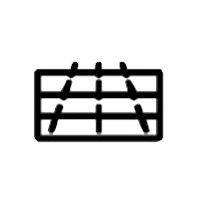
Automatic heat exchanger rinse. The heat exchanger is cleaned automatically. Do not pull out the condensate container or cancel the programme while this is displayed.

Favourite programme selected
How to use your tumble dryer - FAQs
Tie cloth belts, apron strings, etc. together or use a laundry bag. This will stop them from getting caught in your appliance.
Knitted items, such as T-shirts and jerseys, often shrink slightly the first time they are tumble-dried. Use a gentle programme to help avoid this.
To achieve an even drying result, only dry laundry of the same type of fabric and texture together. If you dry thin, thick and multilayered fabrics together, they will dry to differing degrees.
Simultaneously press and hold the “Programme Duration” and “Ready In” buttons for 3 seconds.
Please note, certain models may require an alternative method of activating and deactivating the child lock function. For details specific to your appliance, please check your user manual
There are always certain textiles or clothing items that can be damaged by machine drying. If you are uncertain because your laundry label is missing, it is best to take the safe route and opt for air-drying. Always be cautious when it comes to drying these items:
- Fine textiles such as silk or certain types of wool can lose their shape in the dryer in general, and especially with the wrong settings.
- T-shirts with prints may only be dried at low temperatures, since prints can warp and/or become wavy.
- Always make sure that your individual synthetic or plastic textiles are suitable for tumble drying.
- Bath rugs or rugs with rubber on the bottom can melt in the dryer.
- All textiles that contain foam, whether pillow inserts or shoulder pads, are not suitable for the dryer.
If cotton is on the label, you can usually assume it is safe to tumble-dry. However, there are always exceptions.
- Cotton blends. Cotton is often mixed with synthetic fibres as spandex and polyester. While cotton blends tend to be stretchier than regular cotton, they are often not as heat-resistant. That means drying at lower temperatures is best.
- But even with pure cotton items, there can be differences depending on the thread count and treatment. Both fatures can be seen by taking a closer look at the fabric.
- Especially if your cotton has a dark rinse, the drying process can affect the colour.
So, always make sure to pay attention to the washing and drying symbols and care instructions on your garments whenever possible!
Wool is very delicate, both when washing and drying. That is why it's usually hand-washed and air-dried. If you do want to wash or dry wool items in a machine, you should only use a special wool programme.
The Bosch woollens programme is particularly gentle for drying. If you want to air-dry your woolen clothing, it's best to lay it on a towel. Since wool does not tolerate heat, don't place it in direct sunlight or on a heater to dry. High-quality wool can also be aired out regularly so it can be washed less often.
Many textiles have to be dried gently and at a low temperature. This includes:
- Cotton clothing (T-shirts, jumpers, onesies, etc.) and denim fabrics
- All other natural fibres such as linen or hemp
- Sportswear and all synthetic fibres such as polyester, spandex or fleece. Microfibre cloths also usually fall into this category
Most of these textiles do not shrink in modern dryers, provided that you use the correct programme and drying temperature. When selecting the dryer programme or temperature setting, pay close attention to the washing symbols and care instructions on your label.
Basically, all synthetic fabrics and especially breathable materials or functional clothing should not be dried for too long and only at low temperatures. Look for programmes like:
- Fast mix
- Extra short 40
Sportswear usually dries very quickly, which is why it's also easy to line-dry. If you want to dry these items in the machine, choose a corresponding programme such as:
- Sportswear
Down jackets, bedding and pillows with a down filling are best dried in a tumble dryer with a special down programme. Tumble drying gives down elasticity and volume. If you don't have a dryer or if the washing label requires it, it's best to take your down items to a professional dry cleaner. Air drying is not recommended for down, as it is very difficult and can take several days. In addition, if water gets trapped in the down, it often causes stains and even unpleasant smells.
When drying in a tumble dryer, please note:
- Down needs ample space when drying. Always dry down items individually whenever possible.
- To avoid clumping, you can put four clean tennis balls in the dryer. Important: make sure the colours/fibres on the balls do not rub off!
- Recommended temperatures for drying down are between 30 and 60 degrees Celsius. The drying programme should last from 40 and 60 minutes.
- If the down still feels damp or even wet after drying, repeat the process.
- Down can quickly take on an unpleasant smell or become moldy due to residual moisture, so it is best to let it air out for several hours after drying.
Bosch tumble dryers have a special dryer programme for down. This down programme combines the correct drying temperature and duration, especially for drying items such as down jackets and down pillows.
Here, too, it's important to pay attention to your fabric, especially cotton blends, and your laundry care instructions:
- Classic high-quality jeans made from 100% cotton are safe to put in the tumble dryer. For jeans, the risk of shrinking is relatively low. Minor shrinking is possible though. If your jeans are tight before washing, you might consider skipping the dryer altogether.
- Most of today's jeans are made of blended fabrics with a high percentage of stretch fibres or polyester. Use gentle programmes for fabric blends when tumble drying – or air dry if you're uncertain.
- The same applies to stretch jeans. Synthetic fibres can melt at higher temperatures, which can later lead to cracks in your favourite garment.
Not every clothing item needs to be thoroughly washed and dried after every use. Your tumble dryer can help you freshen up quickly. Just put your items in a laundry bag and put it in the dryer for 15 minutes. If you like, add a damp, pleasant-smelling tea towel for extra freshness.
After 15 minutes, remove your clothing, shape it and let it air out on a hanger.
Note: Only follow these tips if your clothing is suitable for tumble drying. Never treat laundry with stain removers or other inflammable agents before the drying cycle.
A tried-and-tested way to get your favourite jumper back into shape is through some gentle stretching:
- First, soak your jumper in warm water. Mix some shampoo into the water so that the fibres can expand easily.
- Place the wet jumper on a towel and wrap it gently to remove excess water.
- Now, lay the sweater on the towel and start stretching it by pulling it into shape. Continue repeating this process while the sweater dries.





